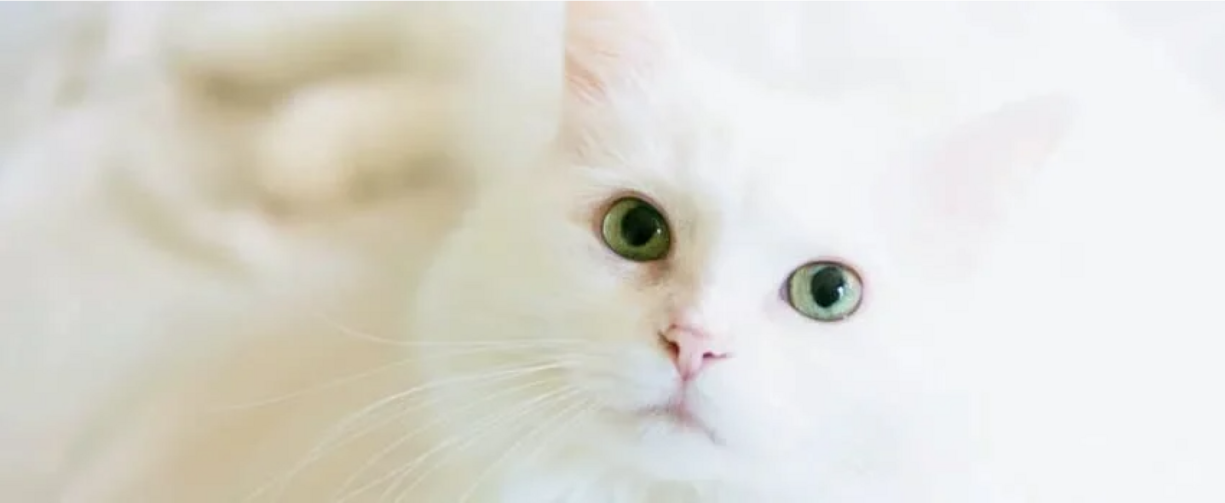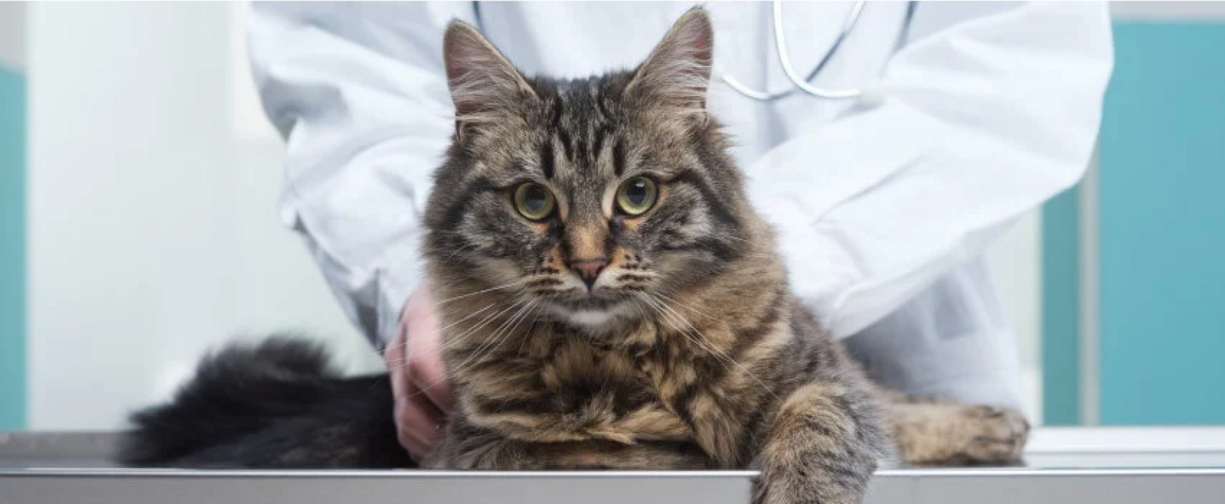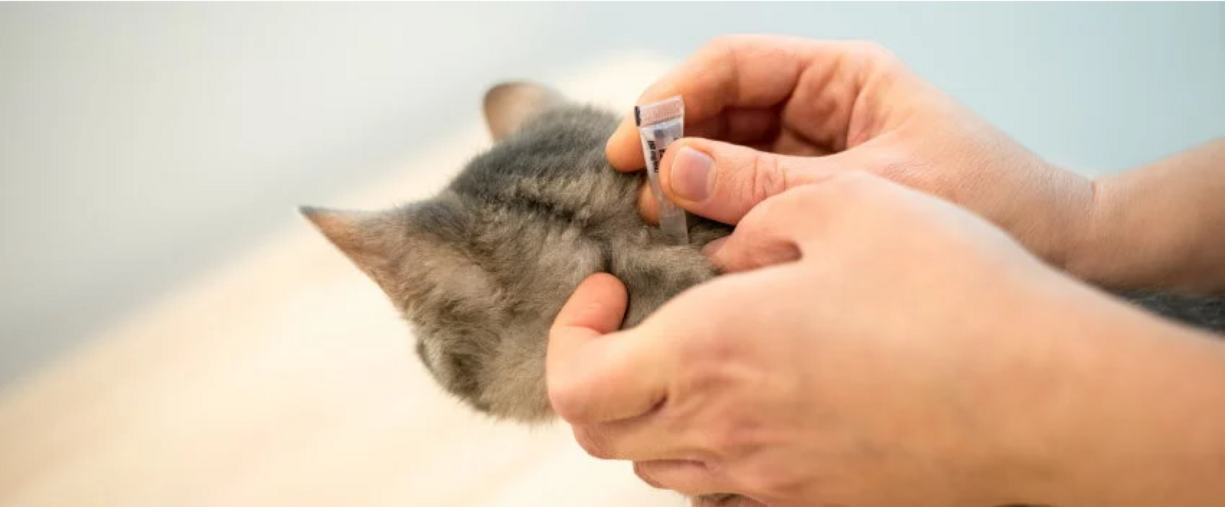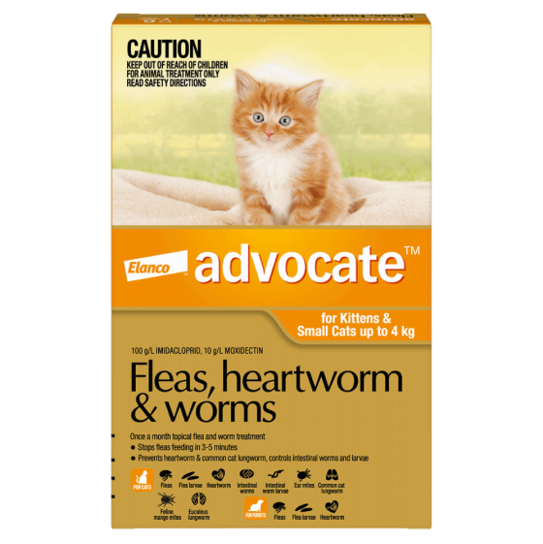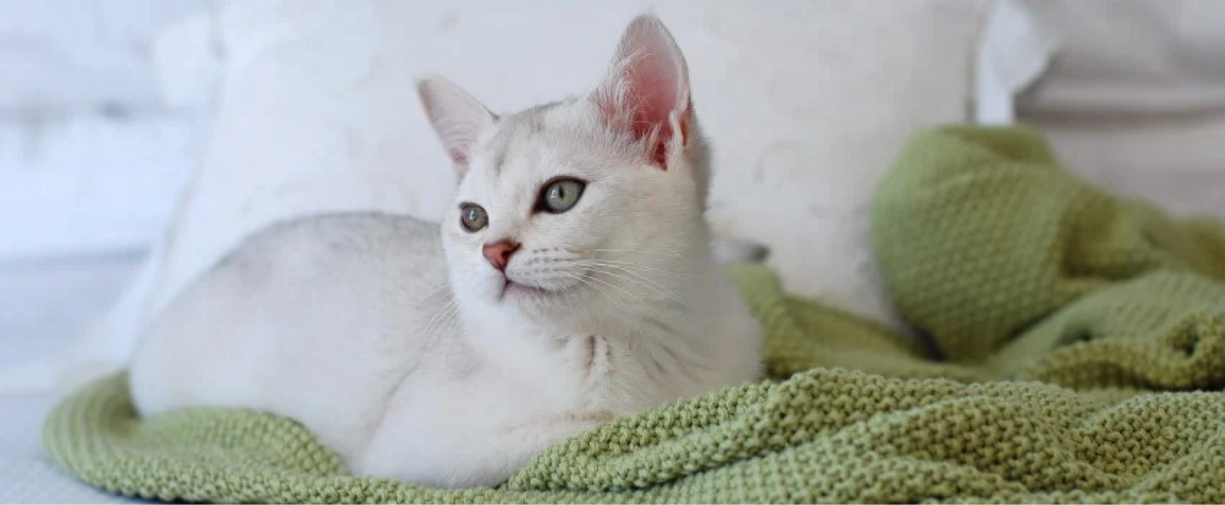Roundworms
These are the most common intestinal parasites in cats, and are long and round with an appearance resembling spaghetti. A single female adult roundworm can shed up to 200,000 eggs per day in the faeces of infected cats, and these eggs can survive in the environment for several years. Cats can become infected with roundworm in the following ways:
Through ingesting worm eggs from the soil, or through normal grooming
Consuming a prey animal, often a rodent, carrying worm larvae
Nursing from an infected mother cat (a common route of transmission for kittens)
Hookworms
Hookworms inflict damage to the intestine where they attach and feed on the cat's blood. In extreme cases this blood-feeding parasite can cause fatal anaemia, particularly in young kittens. Transmission to cats can occur through various means:
Ingestion of larvae from the environment
Ingestion of prey animals containing infective larvae in their tissues
Infection can also occur through larval penetration of the cat's skin
Nursing from an infected mother cat
Tapeworms
Tapeworms are named for their flat ribbon-like bodies. Sometimes you may be unfortunate enough to notice moving worm segments in your cat's faeces or the fur around their bottom. Cats become infected with tapeworm when they ingest an intermediate host infested with these parasites. The type of intermediate host varies with the different tapeworm species.
For example:
Dipylidium caninum (the flea tapeworm) infestation occurs when cats ingest an infected flea during grooming.
Taenia taeniaeformis (the cat tapeworm) infestation occurs when cats prey on and consume rats, mice or hares infested with this parasite.








